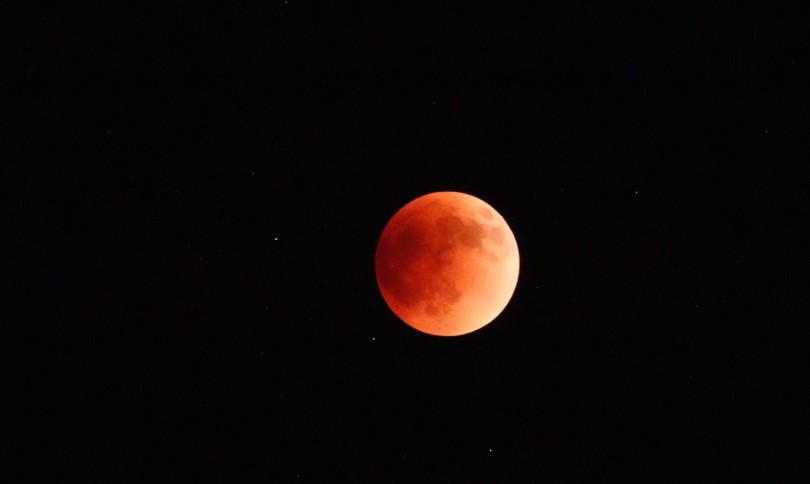Lunar Eclipse 2025, A Stunning Celestial Display Over New Zealand
Early risers in New Zealand are in for a spectacular show this September, with a total lunar eclipse set to turn the Moon a vivid red — the first of two major eclipses this month.
On Monday, 8 September, the Moon will drift into Earth’s shadow, creating a lunar eclipse that will be visible across Aotearoa.
Stardome astronomer Josh Aoraki told 1News that the lunar eclipse would be followed by an “arguably more exciting” partial solar eclipse later this month.
The action begins at 3.30 am, when the Moon enters Earth’s umbra, the darkest part of Earth’s shadow. summation, when the Moon is entirely cloaked in darkness, occurs at 5.30 am, casting a muted red gleam across its face until it sets around 6.30 am.
“If you just want to get a quick glance of the lunar eclipse, the best time is going to be around six in the morning,” said Aoraki.
“You do not need any special equipment or eye protection. For lunar eclipses, you just need a clear view of the western horizon.”
Clear skies are key. Even the tiniest patch of cloud could obscure the view.
Reason behind Red Moon
NASA explains that during a lunar eclipse, some sunlight still bends through Earth’s atmosphere. Shorter wavelengths like blue and violet scatter away, while longer wavelengths, including red and orange, reach the Moon.
“Because these longer wavelengths make it through Earth’s atmosphere, and the shorter wavelengths have scattered away, the Moon appears orangish or reddish during a lunar eclipse,” NASA noted. The more dust or cloud cover in the atmosphere, the deeper the red hue will appear.
This same scattering effect also makes the daytime sky blue and sunsets and sunrises red.
Partial Solar Event
Just two weeks later, on 22 September, New Zealanders will witness a partial solar decline, a rare event not seen in the region for over a decade.
“The sun will rise already partially eclipsed,” Aoraki said. “In Auckland, about 60% of the sun’s disk will be covered. If you’re further south, like in Stewart Island, you’ll see up to 75% coverage.”
Eye protection is essential for this event, as direct sunlight can cause serious eye damage.
This September offers a formerly- by-a-decade occasion to witness not one but two stirring declines from the comfort of New Zealand, making it a must-watch event for astronomy suckers and casual stargazers likewise.






